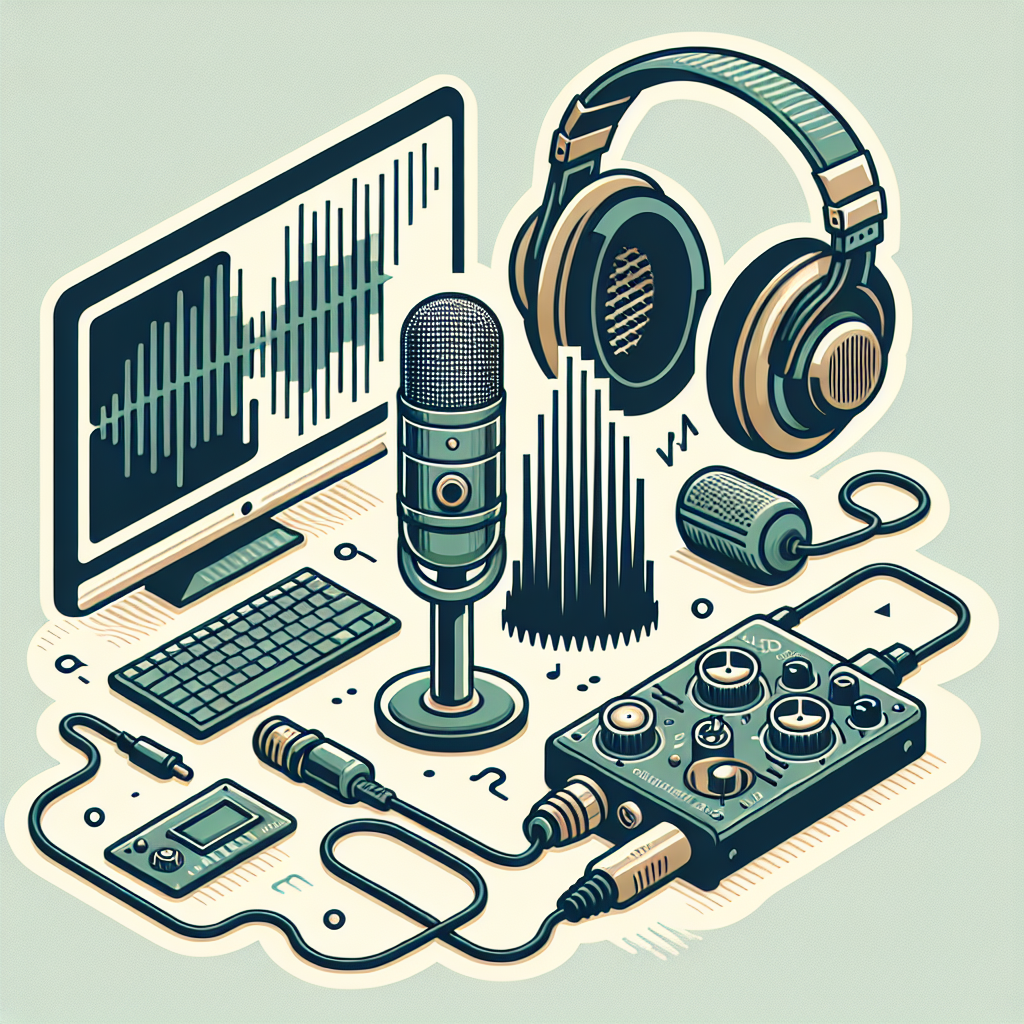Recording sound directly from your sound card can be essential for various needs, such as capturing audio from streaming services, recording VoIP calls, or creating tutorials. Here’s a comprehensive guide on how to record sound produced by your sound card effectively.
Choosing the Right Software
Several free and paid software options can help you record audio from your sound card. Below is a comparison of some popular choices:
| Software | Platform | Cost | Features |
|---|---|---|---|
| Audacity | Windows, macOS, Linux | Free | Multi-track editing, support for various audio formats |
| Adobe Audition | Windows, macOS | Paid | Professional-grade, advanced audio editing tools |
| OBS Studio | Windows, macOS, Linux | Free | Screen recording, streaming, integrated audio capture |
| Bandicam | Windows | Paid | Screen recording, real-time drawing, webcam overlay |
Setting Up Your System
Before you start recording, you need to configure your system settings to ensure optimal audio capture. Follow these steps:
Windows
- Right-click on the sound icon in the system tray and select Sounds.
- Go to the Recording tab.
- Right-click in an empty space and choose Show Disabled Devices. This will reveal the Stereo Mix option or equivalent, enabling recording from your sound card.
- Enable Stereo Mix by right-clicking on it and selecting Enable.
- Set Stereo Mix as the default device to ensure the system captures all audio outputs.
macOS
macOS does not have a built-in way to record audio from internal system sounds. Therefore, you will need third-party software like Soundflower or similar:
- Download and install Soundflower.
- Open Audio MIDI Setup from the Applications folder.
- Create a new aggregate device by clicking the + button and selecting Create Aggregate Device.
- Add Soundflower as one of the devices.
- Set the newly created aggregate device as the default audio output.
Recording with Audacity
For demonstration purposes, we will use Audacity due to its wide availability and ease of use:
- Download and install Audacity from its official website.
- Open Audacity and select Windows WASAPI as the audio host (on Windows) or Core Audio (on macOS).
- Choose the default recording device as Stereo Mix or equivalent from the drop-down menu.
- Press the Record button in Audacity and start playing the audio you want to record.
- Once finished, press the Stop button and save your recording by going to File > Export and selecting the desired audio format.
Tips for Optimal Sound Quality
- Ensure your recording levels are not too high to avoid clipping and distortion.
- Use noise reduction tools in post-processing to eliminate background noise.
- Regularly update your sound card drivers to maintain compatibility and performance.
- Use high-quality cables and connectors if capturing audio from external sources to avoid signal loss.
- Experiment with different software settings and formats to find what works best for your needs.
Conclusion
Recording audio from your sound card can be a straightforward process with the right tools and settings. Whether you are a professional content creator or a casual user, following this guide will help you capture high-quality audio efficiently. Choose the appropriate software, configure your system correctly, and employ best practices to achieve the best results.

